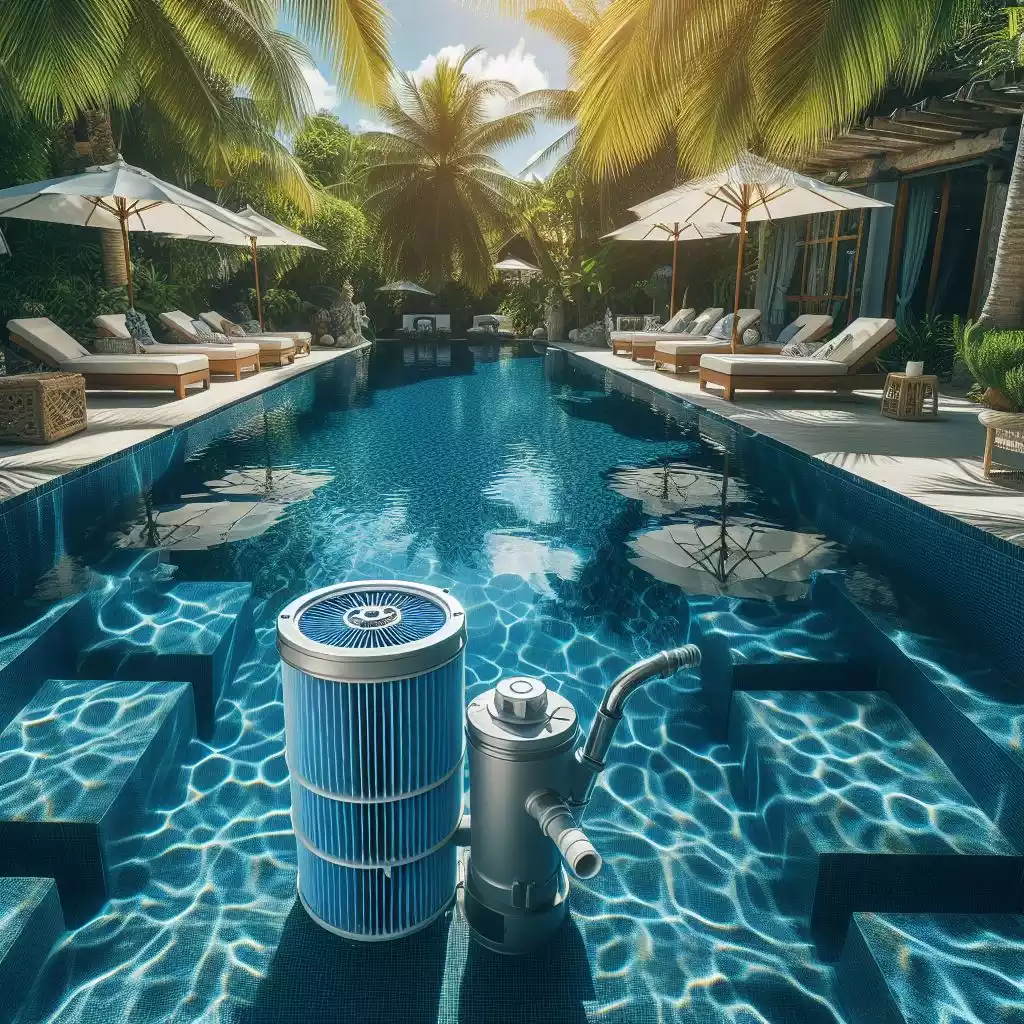Swimming pool maintenance has undergone significant transformations over the years, and pool sand filters have played a crucial role in this evolution. In this article, we will delve into the rich history and development of pool sand filters, tracing their journey from early designs to the advanced systems we use today.

Early Pool Filtration
In the early days of swimming pools, maintaining water clarity was a challenge. Pool owners relied on basic methods like manual skimming and periodic water drainage to keep the water relatively clean. However, as pools became more popular, the need for efficient filtration systems became apparent.
Introduction of Sand Filters
The first significant milestone in pool filtration came with the introduction of sand filters. This innovation revolutionized pool maintenance by using sand as a natural filter medium. Sand filters work by trapping impurities as water passes through the sand bed, effectively removing particles and debris. This marked a significant improvement in water quality and paved the way for the modern pool filtration systems we have today.
Advancements in Filter Design
Over time, engineers and pool industry experts focused on refining the design of sand filters. The introduction of multi-port valves allowed for better control over the filtration process, enabling features like backwashing, rinsing, and waste disposal. These advancements enhanced the efficiency and convenience of sand filters, making them more user-friendly for pool owners.
High-Rate Sand Filters
In the mid-20th century, high-rate sand filters emerged as a more efficient alternative. These filters featured a more compact design and increased filtration rates, providing faster and more effective water purification. The adoption of high-rate sand filters became widespread, especially in commercial pool settings where rapid water turnover was essential.
Introduction of Cartridge and DE Filters
While sand filters dominated the market, the late 20th century saw the introduction of alternative filtration technologies, such as cartridge and diatomaceous earth (DE) filters. These systems offered different approaches to water filtration, each with its advantages and drawbacks. Cartridge filters, for example, eliminated the need for backwashing and were relatively low-maintenance, while DE filters provided exceptional filtration down to very fine particles.
Efficiency Improvements and Environmental Considerations
As environmental awareness grew, there was a heightened focus on improving the efficiency of pool filters while minimizing water and energy consumption. Manufacturers introduced eco-friendly designs, incorporating variable speed pumps, energy-efficient motors, and water-saving features to align with sustainable practices.
Modern Sand Filter Innovations
In recent years, sand filters have continued to evolve with modern technological advancements. Innovations include enhanced filter media, such as glass or zeolite, which can provide superior filtration and water clarity. Additionally, smart technologies allow for remote monitoring and control of pool filtration systems, making pool maintenance more convenient for owners.
Conclusion
In conclusion, the history of pool sand filters is marked by a fascinating journey of innovation and improvement. From the simplicity of early pool maintenance to the advanced filtration systems of today, sand filters have played a pivotal role in ensuring clean and clear pool water. As technology continues to advance, we can expect further innovations that prioritize efficiency, sustainability, and ease of use in the realm of swimming pool filtration.